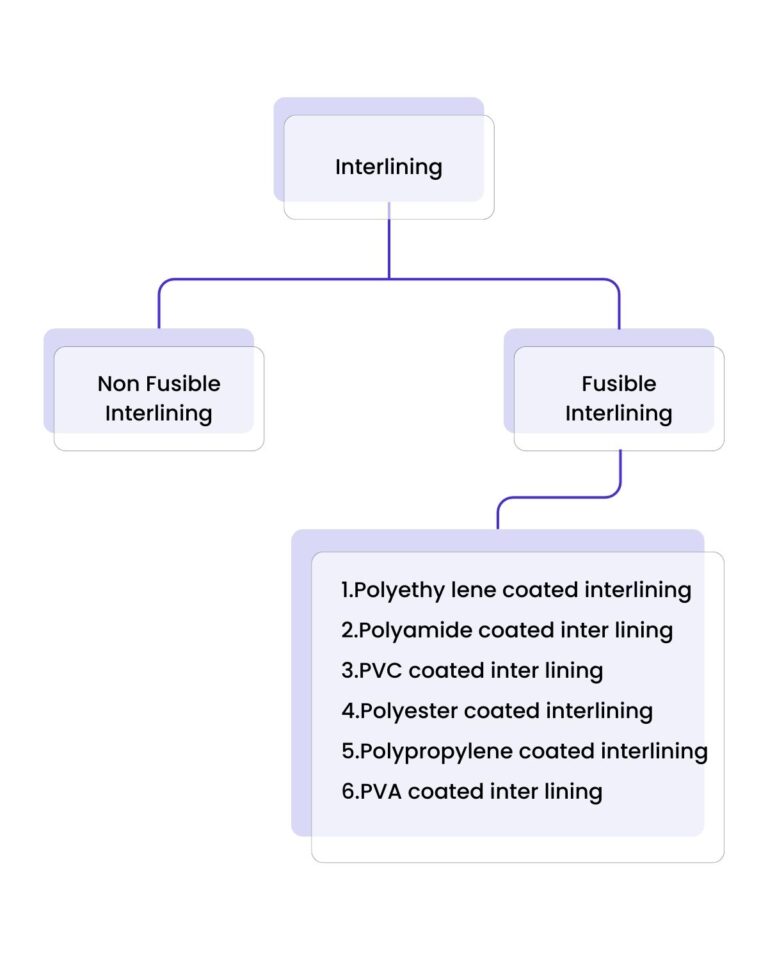A Beginner’s Guide to Interlining
You know that feeling when you put on a perfectly tailored jacket? The shoulders hug you just right, the collar stays crisp all day, and the whole thing just looks sharp. It’s like wearing a suit of armor for your confidence! But have you ever wondered what gives a jacket that kind of structure? It’s not magic (although it sometimes feels that way), it’s all thanks to a hidden hero called interlining.
I recently got into sewing my own clothes, and let me tell you, it’s a humbling experience. I thought collars and cuffs were just, well, collars and cuffs. But then I learned about interlining, and it completely changed the game. It’s like adding a secret layer of support that takes your garments from floppy to fabulous.
So, today I wanted to demystify this whole interlining thing. It’s actually pretty simple, and once you understand it, you’ll appreciate the craftsmanship that goes into your favorite well-made pieces.
Table of Contents
- What is Interlining?
- Why Use Interlining?
- Where Do You Find Interlining?
- Types of interlining
- Sew-in / Non Fusible Interlining
- Fusible Interlining
- Fusible Interlining: A Breakdown by Resin
- Sew-in or Fusible?
What is Interlining?
Imagine a secret layer sandwiched between your garment’s main fabric and lining. That’s interlining! It’s a hidden gem that adds body, structure, and support to various parts of your clothes.
Why Use Interlining?
Interlining is a game-changer for garments in a few ways:
Sharpens Shapes: It helps collars, cuffs, waistbands, and other areas maintain their desired form.
Boosts Durability: By reinforcing specific areas, it prevents rips and tears during wear and tear.
Elevates Aesthetics: It creates a smooth, polished look and enhances the overall drape of the garment.
Improves Performance: It can add warmth, insulation, and even flame resistance in some cases.

Where Do You Find Interlining?
Interlining plays a key role in various garment components, including:
- Collars
- Cuffs
- Waistbands
- Plackets (openings for buttons or zippers)
- Facings (fabric layers that finish edges)
- Jackets and blazers
Types of interlining
There are two main ways interlining gets attached to the fabric:
- Sewn (Non-Fusible): This method involves stitching the interlining to the main fabric. It’s often used for specific applications like flame-retardant garments.
- Fusible: This is the most common method. Fusible interlining has a heat-activated resin coating that bonds to the fabric with heat and pressure. It’s faster, easier, and offers a wider variety of options.
Sew-in / Non Fusible Interlining
Think of a tailor meticulously stitching an extra layer of fabric between your jacket’s main material and the lining. That’s Non fusible interlining in action!
The Process: Starch stiffens the interlining before it’s sewn onto the fabric.
Best for: Special needs like flame-resistant firefighter jackets or heavy-duty workwear. It’s also sometimes used in embroidery.
Pros: Simple, doesn’t require fancy tools, perfect for unique projects or repairs.
Cons: Time-consuming, less consistent quality than fusible, and finding materials might be tricky.
Fusible Interlining
Fusible interlining is the go-to interlining for most garments today. Here’s why it’s so popular:
The Process: Fusible interlining has a heat-activated resin coating on one side. Ironing it with pressure bonds it to the fabric.
Benefits: Creates a smooth, professional finish that elevates the look of your clothes. It also reinforces areas like collars and cuffs, keeping them sharp.
Fast & Easy: Compared to sew-in, fusible interlining is a breeze, perfect for home sewing and mass production.
Heads Up: Be careful with the heat! Always test a scrap of fabric first to avoid scorching.
Fusible Interlining: A Breakdown by Resin:
Fusible interlining comes in various flavors, each with its own properties based on the resin coating:
Polyethylene: Great for collars and cuffs of shirts, offering good dry cleaning resistance and washability.
Polyamide: Ideal for dry-cleanable garments that can withstand higher wash temperatures.
PVC: A versatile option for both dry cleanable and washable garments, commonly used in coats.
Polyester: The all-rounder, suitable for most garments, offering excellent performance but at a slightly higher cost.
Polypropylene: Similar to polyethylene but requires higher fusing temperatures and is washable.
PVA: Limited use in garments due to its poor dry cleanability and washability.
Link of related Articles

Shweta, a textile designer with a keen eye and deep knowledge of fabrics, translates her passion into unique designs. She loves to share her expertise and ignite a love for textiles in others. Dive into the world of fabrics with Shweta!



